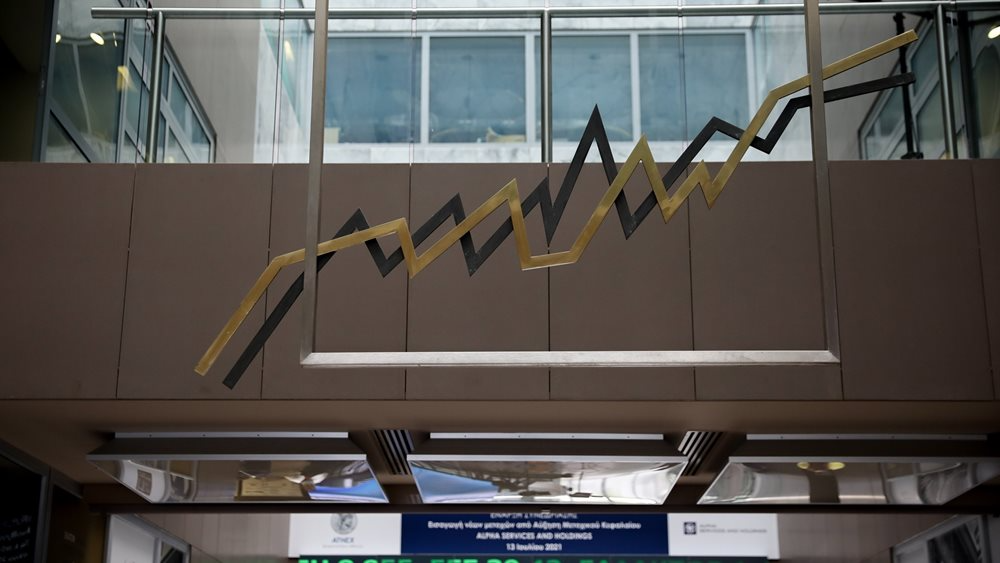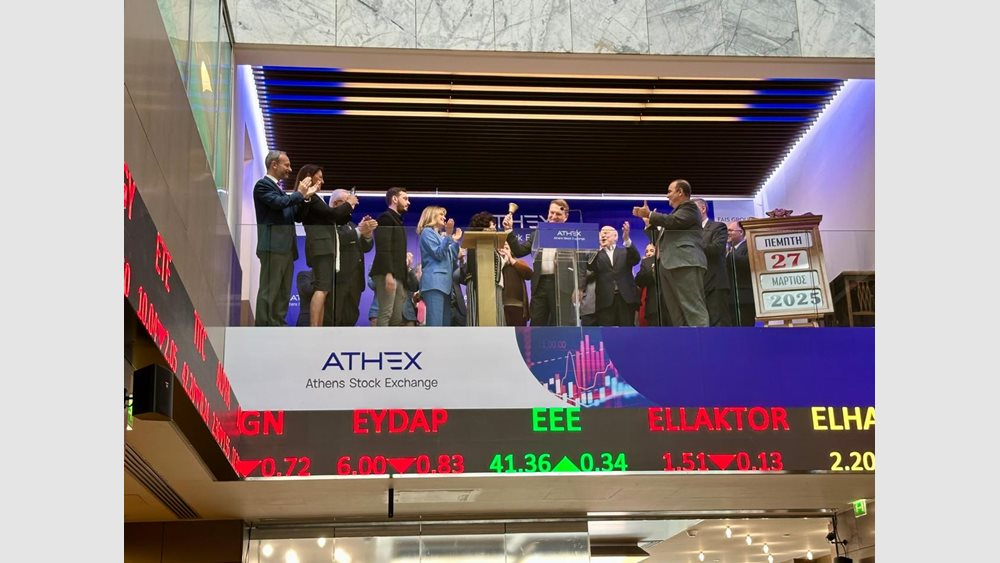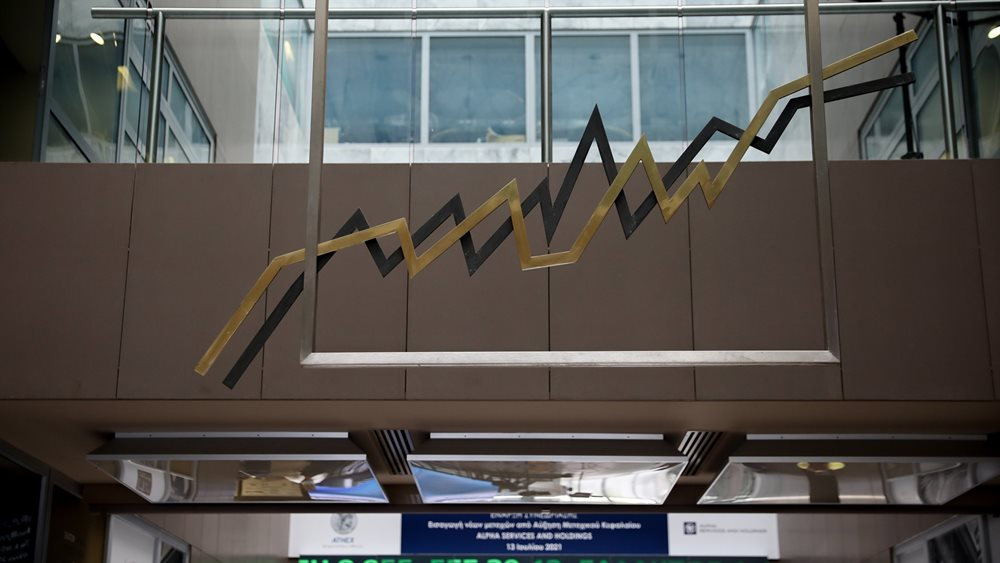
Deputy CEO Michalis Kouveliotis stated during the analysts' briefing that Aegean's guidance for the entire year is positive. Particular reference was made to the company's strong operating profitability (EBITDA), which remains at high levels despite the increase in capacity offered to our country, as well as the operational and regulatory requirements that burden costs. The full year is expected to be strong in terms of both revenue and EBITDA.
THE VOLOTEA DEAL
As mentioned in the conference call, the agreement for the €25 million investment in VOLOTEA's new facility is expected to be completed in the first half of the year. Volotea, one of the largest players in low-cost flights in Europe, enables Aegean to expand its operations. The deal will be phased in over three years and could reach a 13% stake for Aegean in the first phase. Through the deal, Volotea and Aegean will have a commercial partnership that, initially, will focus on the distribution of each carrier's products from the other's website.
THE NETWORK
The deal also contributes to the further exploitation of the international network from/to Greece's regional airports, such as Heraklion, Rhodes, and Chania, to/from key European markets such as France, Italy and Spain. This is in order to offer more choices to passengers through a more efficient use of the resources and investment of the two airlines.
GROWTH IN THE SECOND QUARTER
As Kouveliotis said in the second quarter, the airline continued to grow, offering 5.4 million seats, 9% more than in 2023, with passenger traffic growing by 8%. This growth is an indicative sign of the airline's growth, with the strategic moves it has recently made setting an upward trajectory in the coming years.
COSTS
The airline also has to deal with extraordinary costs, as the process of early checks and repairs on the A320/A321 neo GTF engines, which will start in October 2023 and periodically ground a significant part of its fleet of new aircraft, is a significant burden on the airline's costs in terms of fuel, maintenance costs and aircraft leases. The compensation received from the manufacturer covers a significant part but by no means all of the cost increase and the loss of supply of additional available seats. The burden of increased CO2 purchases also has a significant impact on costs, given the ongoing and three-year phasing out of free historical allowances for airlines in the aviation






